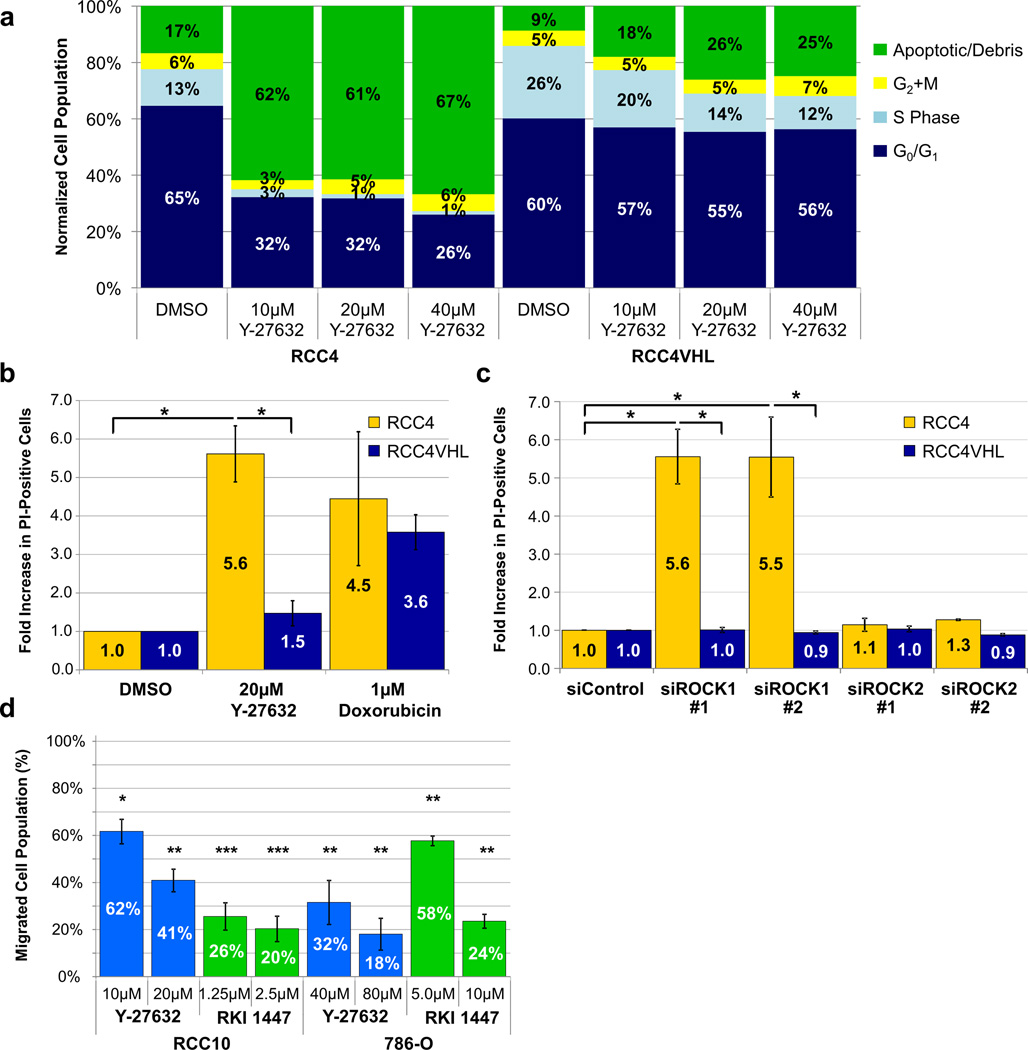Figure 4. ROCK inhibition in VHL-deficient CC-RCC cells decreases proliferation, induces cell death, and blocks cell migration.
(a) BrdU assay reveals that Y-27632 treatment is both cytotoxic and cytostatic in RCC4. RCC4 cells acquire a large fraction of apoptotic/debris cells and greatly reduce the S phase upon treatment with Y-27632 for 72 hours as opposed to RCC4VHL. The graph shows the representative experiment of two experiments performed (b) RCC4 cells treated with 20µM Y-27632 for 24 hours show a more than five-fold increase in cell death while RCC4VHL are minimally affected. Cells were stained with the vital dye PI and imaged at 4x. The number of PI-positive cells was then counted for each field. The data was normalized to DMSO treated cells. (c) Knockdown of ROCK1, but not ROCK2, induces cell death in the VHL-deficient RCC4. 48hours post siRNA transfection, RCC4 matched cells were stained with PI and imaged. Knockdown of ROCK1 resulted in over a 5 fold increase in PI-positive cells. The data was normalized to siControl treated cells. (b–c) Each experiment was performed in triplicate. (d) ROCK inhibition blocks CC-RCC migration in a transwell assay. RCC10 or 786-O cells were treated with Y-27632, RKI 1447 or DMSO vehicle (as indicated) for 6 hours. The assay was performed in duplicate and the experiment was repeated three times. Statistical analysis in (b–d) was performed using a paired t-test comparing each normalized dose to the negative control (* p < 0.05, ** p < 0.01, *** p < 0.001), SEMs are shown.

